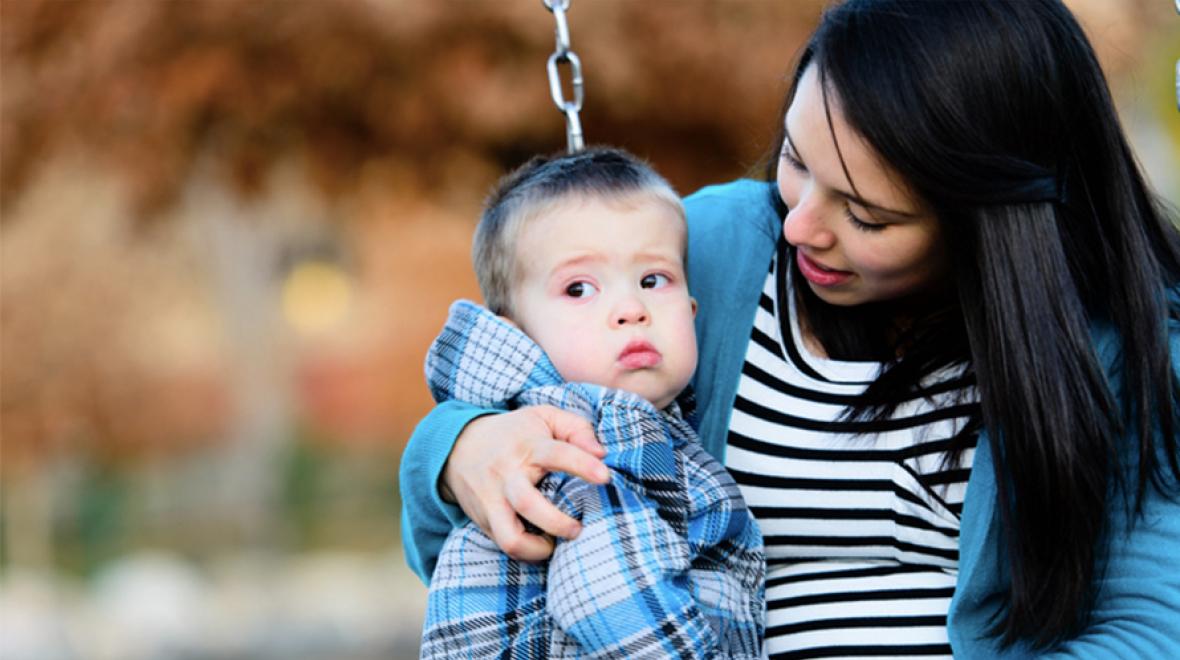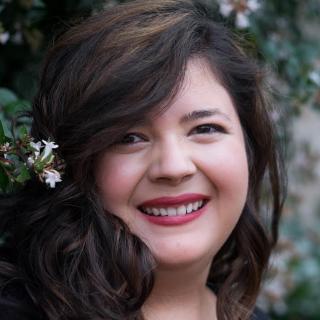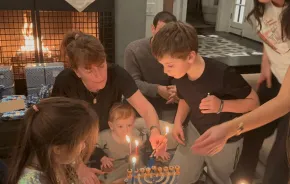
Back in May, I decided to stop by Green Lake on my way home from work with my 2-year-old daughter. There's a certain, ethereal way that the sun streams through the trees there that feels like magic.
After sitting for a bit, we decided to visit the nearby playground. We grabbed a swing next to a woman and a little girl around my daughter’s age. The baby was blonde and had her blue eyes lovingly set on the woman pushing her; the woman was youngish, dressed in the standard athletic wear, her hair tipped with purple. And she was Latina, like me.
We chatted, asking each other roundabout questions: “So, are you teaching her Spanish?” and “What are some of her favorite foods to eat?” We talked until another clear line for the baby swings had formed. I walked away from her without asking what I assume we both wanted to know: “Does this child belong to you?
I was left with only a familiar, uneasy feeling of guilt. Should I have asked her if the baby was her daughter? I wondered to myself. Why did I assume she wasn't? Did she think the same of me? Why does it matter?
You see, my daughter is white. Well, half-white, but if you saw her running around the playground with all the other light-haired, light-skinned kids, you’d never know she was half me. And so, wherever we go, people often assume that I’m “the nanny.”
I used to joke with my husband that I hoped our girl would have my black hair, or my striking black eyes, or at least the ability to tan easily. “Otherwise, no one will think she’s mine,” I joked, not realizing the gut punch I would feel when that reality actually happened.
While out in public, I’m regularly asked if she’s my daughter, usually followed by surprise and more questions.
While out in public, I’m regularly asked if she’s my daughter, usually followed by surprise and more questions. But more often, I just feel other people noticing. I feel them seeing her, looking up at me, scanning what she’s wearing, what I’m wearing, the brand of our diaper bag and stroller — trying to make sense of what they see. Depending on where we’re going, I try to make sure that we match as much as possible.
This isn’t a normative maternal experience; every mother isn't just walking around being asked if the baby strapped to her chest belongs to her. It’s exhausting and bizarre and somehow embarrassing.
So should we just ignore any differences we see between children and their caregivers?
There’s a better question: "What do those perceived differences mean to us and why do they matter?”
It’s natural and human to be curious about something that seems novel to us — those things that we can’t make sense of on our own. And it’s normal to want to define and understand. The danger comes when we reduce people to categories and effectively dehumanize them by insisting that their outward appearance — and that of the children in their care — is the most interesting thing about them.
We live in a rich, diverse, multi-textured world. Our families reflect that. If you want to know how a family came to be, then get to know who they are. Start with a conversation, grow it into a friendship; you’ll probably find out what you want to know eventually. If you’re lucky, it won’t even matter anymore when you do.











